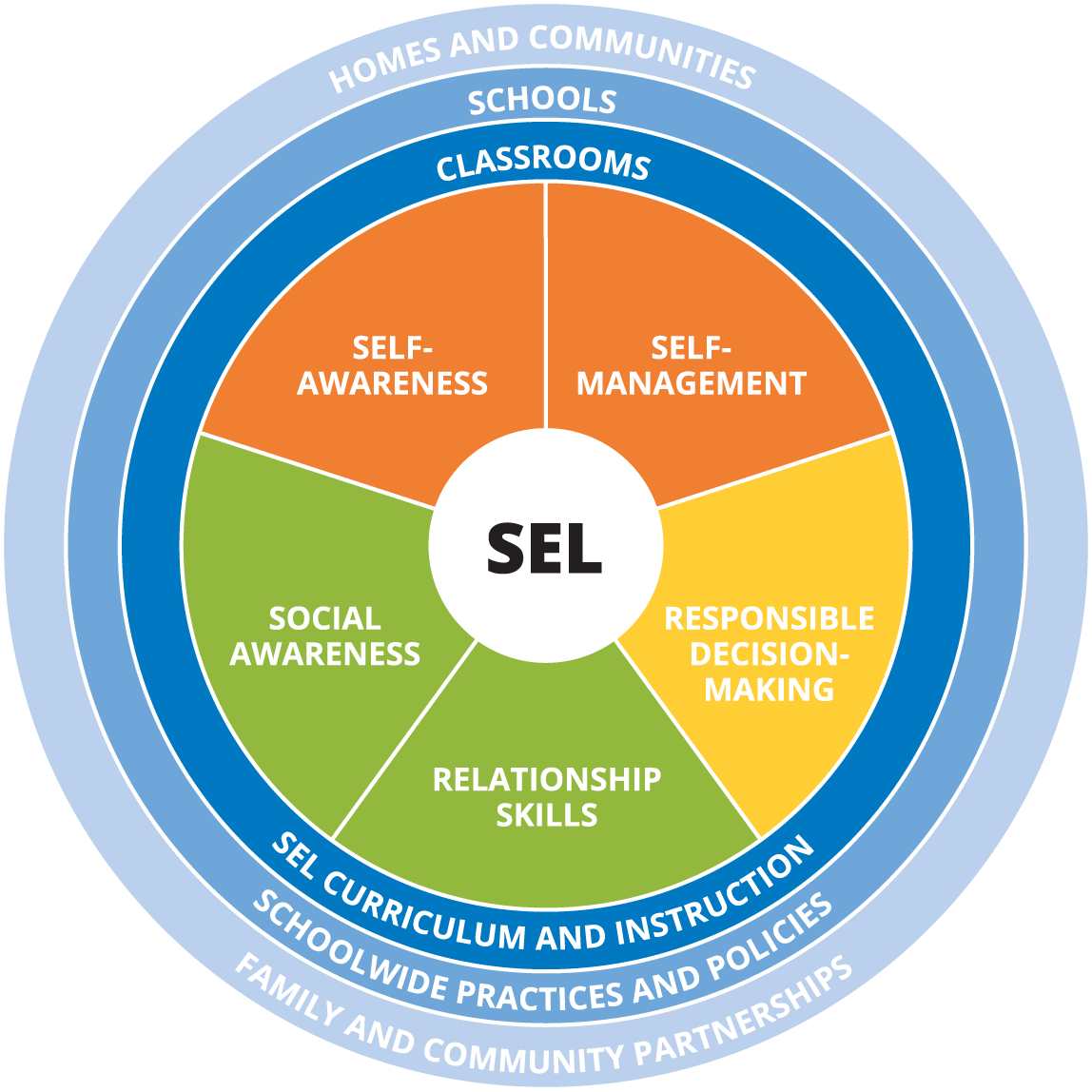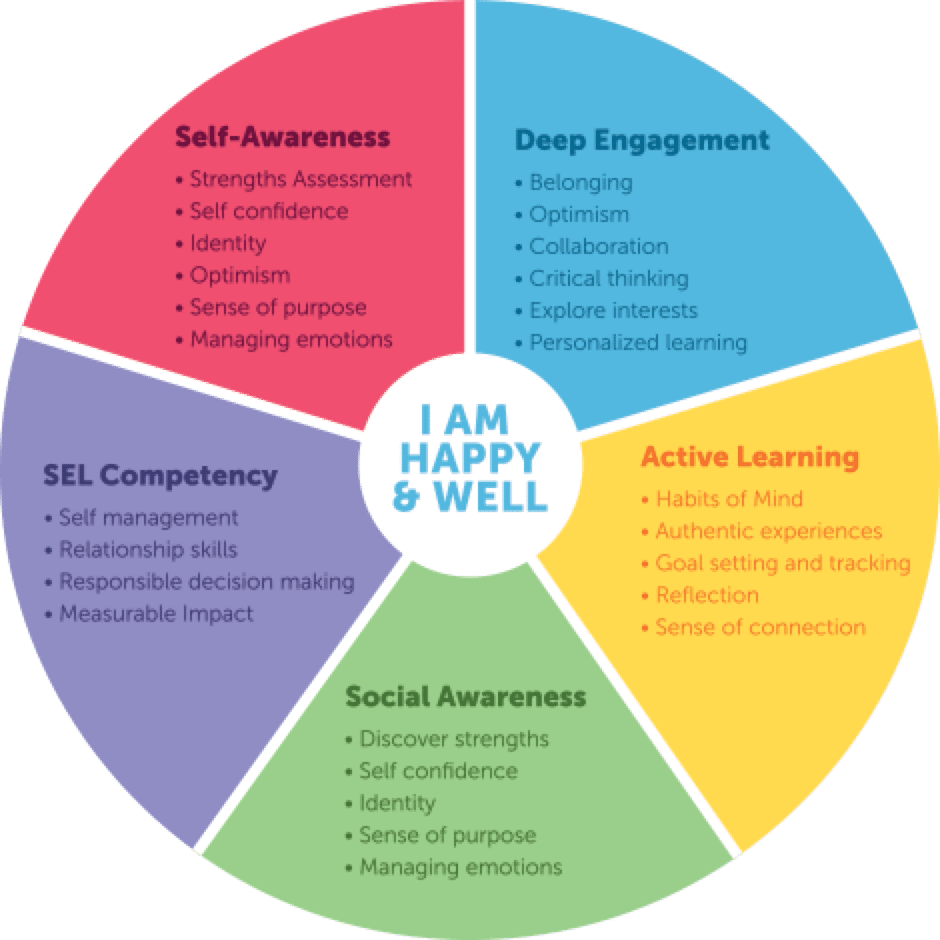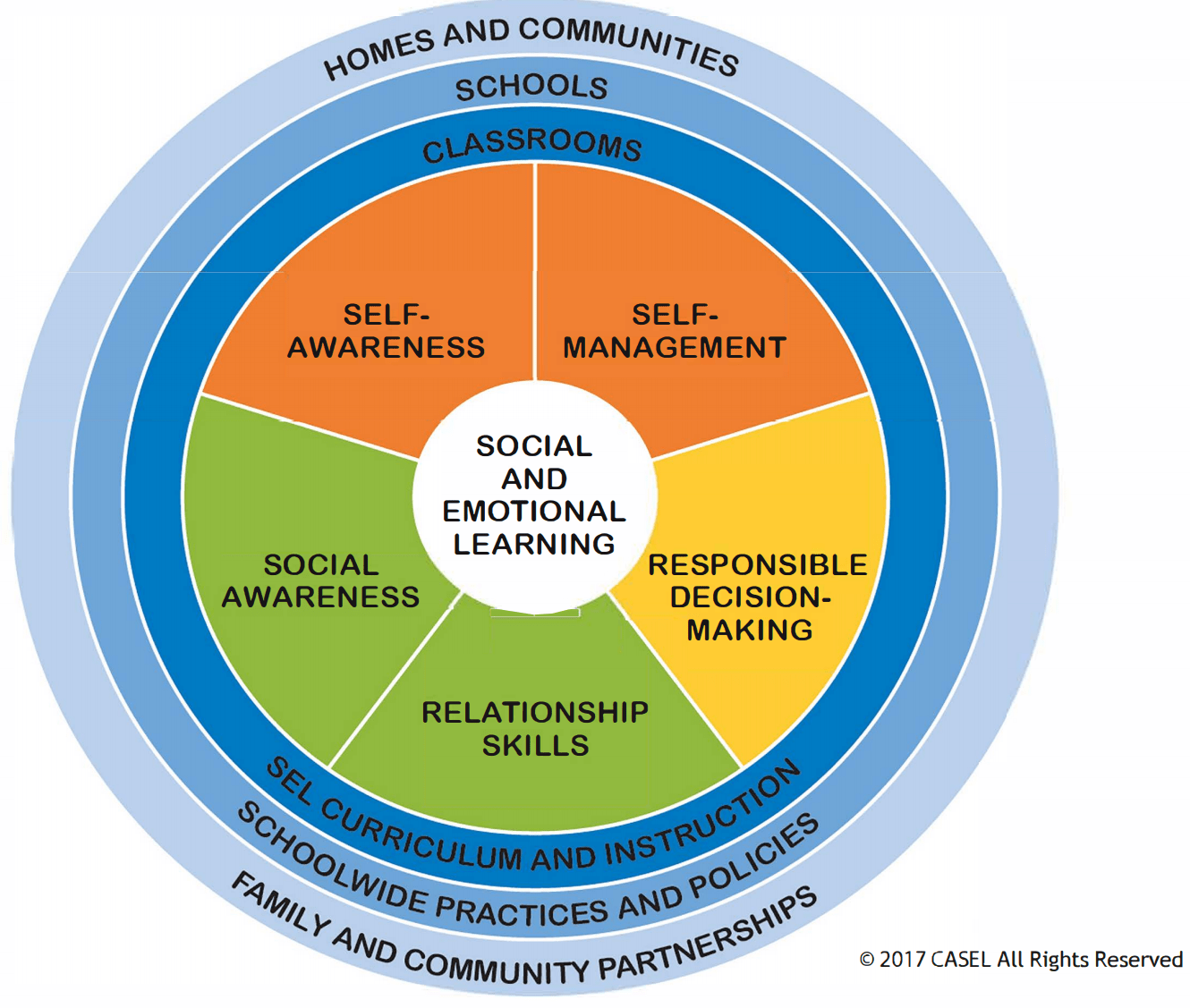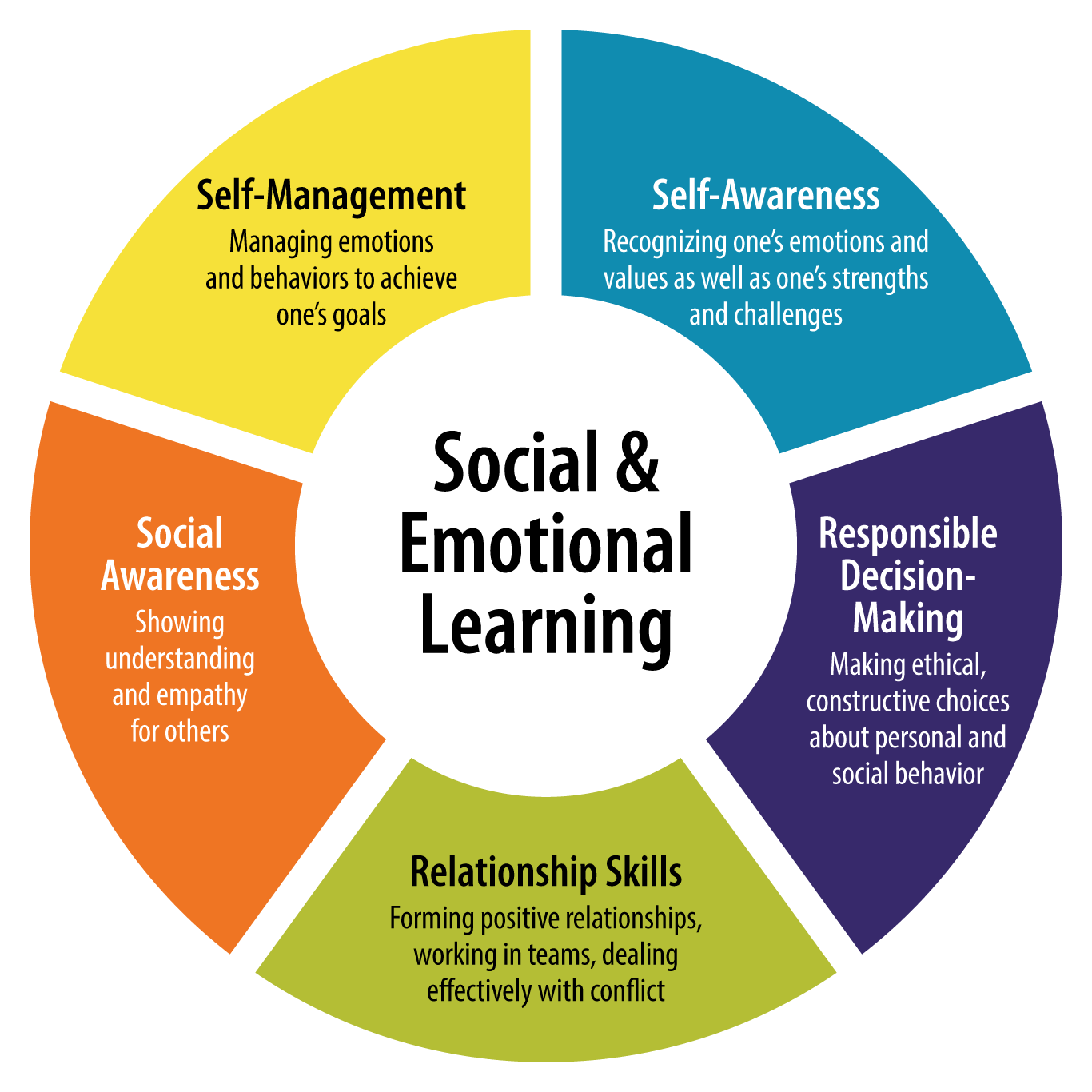Table of Contents
- Introduction to Social-Emotional Learning
- Benefits of Implementing Social-Emotional Learning in Education
- Core Components of Social-Emotional Learning
- Effective Strategies for Social-Emotional Learning Implementation
- Measuring and Assessing Social-Emotional Learning
- Supporting Parents and Community Involvement
- Future of Social-Emotional Learning
1. Introduction to Social-Emotional Learning
Learn about the significance and relevance of Social-Emotional Learning (SEL) in fostering emotional intelligence and well-being among individuals of all ages.
2. Benefits of Implementing Social-Emotional Learning in Education
Discover the numerous advantages of integrating SEL into educational institutions, such as improved academic performance, increased social skills, and reduced behavioral problems.
1. Improved Mental Health
Implementing social-emotional learning in education provides students with the tools to understand and manage their emotions effectively. This leads to improved mental health outcomes as students develop skills to cope with stress, anxiety, and depression. They also learn how to build resilience, develop self-esteem, and cultivate a positive mindset. As a result, students are more likely to thrive academically and socially, and are better equipped to face life's challenges beyond the classroom.
2. Enhanced Interpersonal Skills
Social-emotional learning equips students with essential interpersonal skills, such as communication, empathy, and conflict resolution. By nurturing these skills, students develop the ability to build positive relationships and collaborate effectively with their peers. This enhances their social competence, empathy towards others, and fosters a respectful and inclusive classroom environment. Additionally, these interpersonal skills have lifelong benefits, helping students succeed in their careers and personal relationships.
Overall, implementing social-emotional learning in education not only benefits students' mental health and interpersonal skills but also contributes to their overall well-being and success in various aspects of life.

3. Core Components of Social-Emotional Learning
Explore the fundamental elements of SEL, including self-awareness, self-management, social awareness, relationship skills, and responsible decision-making.
1. Self-Awareness
Self-awareness is the ability to recognize and understand our own emotions, strengths, weaknesses, and values. It involves being aware of how our emotions and thoughts influence our behavior and interactions with others. Developing self-awareness allows individuals to better understand themselves, make informed decisions, and effectively manage their emotions.
2. Self-Management
Self-management refers to the ability to regulate and control our emotions, thoughts, and behaviors. It involves setting goals, being able to cope with stress, and demonstrating self-discipline. By developing self-management skills, individuals can effectively navigate challenging situations, make responsible choices, and maintain a positive mindset.
3. Social Awareness
Social awareness involves recognizing and understanding the emotions, perspectives, and needs of others. It encompasses empathy, compassion, and the ability to take different perspectives. Developing social awareness allows individuals to build and maintain healthy relationships, show respect and understanding towards others, and contribute positively to their communities.

4. Effective Strategies for Social-Emotional Learning Implementation
Uncover a variety of successful techniques and practices for implementing SEL effectively, such as integrating SEL into the curriculum, creating supportive school environments, and providing professional development for educators.
Social-Emotional Learning (SEL) is a framework that helps individuals develop essential skills to navigate and manage their emotions, establish positive relationships, and make responsible decisions. Implementing SEL effectively requires careful planning and consideration. Here are four strategies that can contribute to successful implementation:
- Whole School Approach: Emphasize SEL across all aspects of the school environment, from classrooms to hallways. This approach creates a consistent and supportive atmosphere where SEL skills are modeled and practiced by everyone involved, including students, teachers, staff, and administrators.
- Explicit Instruction: Provide explicit instruction on SEL skills, ensuring students understand the concepts and strategies involved. Teachers can incorporate dedicated lessons or integrate SEL principles into various subjects. Offering real-life scenarios and opportunities for reflection and discussion enhances comprehension and application of SEL skills.
- Integration with Existing Programs: Integrate SEL with existing academic and behavioral programs, such as character education or positive behavior intervention systems. By aligning SEL with these initiatives, schools can create a unified approach that reinforces positive behaviors and social-emotional growth.
- Support for Educators: Provide comprehensive training and professional development for educators to effectively implement SEL in their classrooms. Educators need the necessary skills, knowledge, and resources to teach and support SEL effectively. Regular check-ins, collaboration, and access to ongoing support can enhance educators' confidence and effectiveness in promoting SEL skills.
Implementing effective strategies for SEL allows schools and individuals to create a positive and supportive environment, enhancing students' social-emotional growth, overall well-being, and long-term success.

5. Measuring and Assessing Social-Emotional Learning
Learn about different assessment tools and approaches to measure the impact of SEL programs, ensuring their effectiveness and identifying areas for improvement.
Social-emotional learning (SEL) refers to the process of acquiring and applying knowledge, skills, and attitudes that promote positive relationships, responsible decision-making, and overall well-being. It is an essential component of education that helps individuals develop important life skills beyond academic achievement.
Creating a social-emotional learning framework is crucial for educational institutions to evaluate and enhance SEL outcomes among students. Measuring and assessing SEL provides valuable insights into the effectiveness of programs, interventions, and teaching methodologies employed to foster social-emotional development.
There are various methods and tools available to measure and assess SEL. These may include surveys, questionnaires, observation protocols, and self-assessment activities. The goal is to gather quantitative and qualitative data on students' social and emotional competencies, such as self-awareness, self-management, social awareness, relationship skills, and responsible decision-making.
The collected data can then be used to identify areas of improvement, develop targeted interventions, and tailor instruction to meet individual student needs. Regular assessments enable educators to track students' progress, measure the effectiveness of SEL interventions, and provide appropriate support to enhance social-emotional learning outcomes.
Measuring and assessing SEL is not only beneficial for individual students but also for the overall school climate and community. By fostering a positive social-emotional environment, educational institutions can create a supportive and inclusive atmosphere where students feel valued, connected, and empowered.
In conclusion, incorporating the measurement and assessment of social-emotional learning within an educational framework is essential for nurturing students' overall well-being and enhancing their social and emotional competencies. It allows educators to gain valuable insights, identify areas for growth, and tailor interventions to meet individual needs. By prioritizing SEL, educational institutions can create an inclusive and supportive environment that empowers students to thrive both academically and personally.

6. Supporting Parents and Community Involvement
Understand the vital role of parents and communities in supporting SEL efforts, and explore strategies for involving them in promoting social-emotional development both at home and in the community.
As part of our commitment to fostering social and emotional growth in our students, we recognize the vital role that parents and community members play in this process. In order to create a comprehensive social emotional learning framework, we actively encourage parents and community involvement.
Why Parent and Community Involvement is Important
Parents and community members are key stakeholders in the education of our children. Their involvement in the social and emotional development of students greatly enhances their overall well-being and academic success. By actively participating, parents and community members can reinforce the skills and concepts learned in the classroom and provide a nurturing and supportive environment outside of school.
Ways to Get Involved
There are several ways in which parents and community members can contribute to the social and emotional learning framework:
- Attend parent-teacher meetings and school events to stay informed about the social and emotional curriculum.
- Engage in open and regular communication with teachers and school administrators to address any concerns or share valuable insights.
- Volunteer as mentors or tutors to support students in developing their social and emotional skills.
- Organize community workshops or events focused on social and emotional learning to create awareness and provide resources for parents.
- Participate in parent-led initiatives that promote positive mental health and well-being.
- Collaborate with teachers to incorporate social and emotional learning into daily routines at home.
Benefits of Parent and Community Involvement
The active involvement of parents and community members brings numerous benefits to the social emotional learning framework, including:
- Enhanced student engagement and motivation.
- Improved academic performance.
- Stronger parent-teacher relationships.
- Greater community cohesion.
- Increased social support for students.
- Development of lifelong social and emotional skills.
We strongly believe that by working together with parents and community members, we can create a nurturing environment that supports the holistic growth of our students.

7. Future of Social-Emotional Learning
Delve into the future prospects and advancements in SEL, considering its potential impact on mental health, interpersonal relationships, and society as a whole.
In the ever-evolving landscape of education, the importance of social-emotional learning (SEL) cannot be underestimated. As society progresses, there is a growing recognition that fostering emotional intelligence and social skills in students is just as vital as academic achievement.
The future of SEL lies in its integration within a comprehensive social-emotional learning framework. This framework focuses on creating a nurturing environment that empowers students to develop essential skills and attitudes to succeed not only in the classroom but also in their personal and professional lives.
Advancements in technology will play a significant role in shaping the future of SEL. Digital tools and online platforms will enhance the accessibility and effectiveness of SEL programs, enabling students to engage with interactive activities and resources that promote self-awareness, self-regulation, empathy, and relationship-building.
Additionally, research will continue to drive the evolution of SEL practices. Through evidence-based approaches, educators will gain further insights into the most effective methods of fostering social-emotional skills. This will lead to the development of targeted interventions and strategies tailored to individual student needs.
The future of SEL will also prioritize the collaboration between schools, families, and communities. Recognizing that social-emotional learning extends beyond the confines of the classroom, efforts will be made to involve parents, caregivers, and community organizations in supporting students' social-emotional development. This holistic approach will enhance the impact of SEL initiatives and promote lifelong learning.
In conclusion, the future of social-emotional learning lies in a comprehensive framework that embraces technology, evidence-based practices, and collaborative efforts. By nurturing emotional intelligence and social skills in students, we pave the way for a more compassionate, empathetic, and successful society.

Key Takeaways
- Social-Emotional Learning (SEL) enhances emotional intelligence and well-being.
- Implementing SEL in education improves academic performance and reduces behavioral problems.
- The core components of SEL include self-awareness, self-management, social awareness, relationship skills, and responsible decision-making.
- Effective strategies for SEL implementation involve curriculum integration, supportive environments, and professional development.
- Measuring SEL helps assess its effectiveness and identify areas for improvement.
- Parents and community involvement play a crucial role in supporting SEL initiatives.
- The future of SEL holds promising advancements for mental health and societal well-being.
Frequently Asked Questions (FAQ)
- Q: How does Social-Emotional Learning benefit students?
- A: SEL benefits students by improving their social skills, academic performance, and overall well-being.
- Q: Are there specific age groups that SEL targets?
- A: No, SEL can be beneficial for individuals of all ages, from young children to adults.
- Q: Can SEL be implemented outside of educational settings?
- A: Yes, SEL principles can be applied in various contexts, such as workplaces, community organizations, and even at home.
- Q: How can parents get involved in supporting SEL?
- A: Parents can engage with their child's school, participate in SEL workshops, and encourage the development of emotional intelligence at home.



Recent Comments